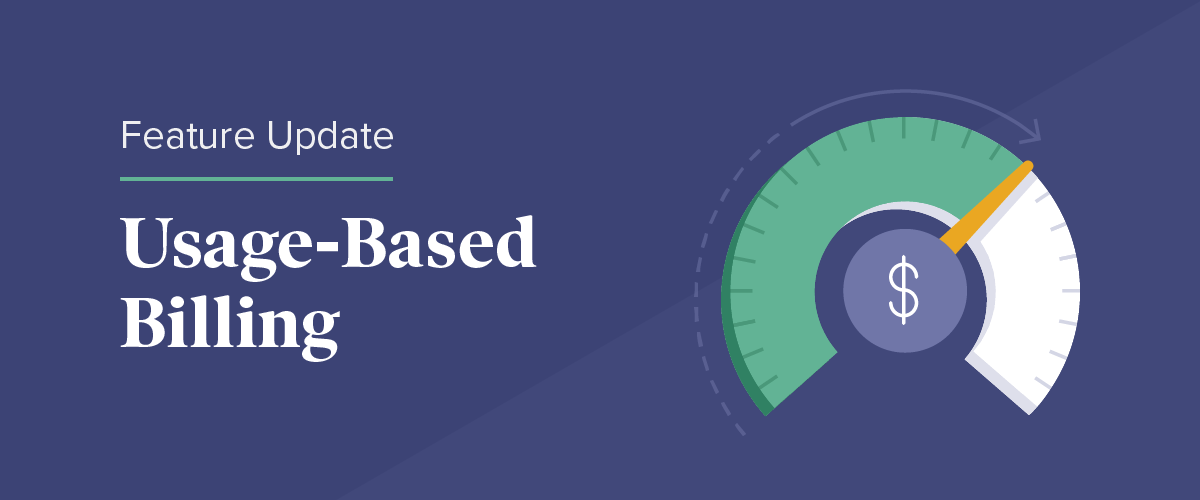Introducing Usage-Based Billing for Modern Subscription Management

Think about the last time you paid your electric bill. How were you charged? Chances are the amount you paid depends on the number of kilowatt-hours you consumed the previous month.
This kind of billing model is called usage-based billing. It’s popular in a number of industries, and for good reason: usage-based billing helps align the value subscribers get out of the products and services they use with the costs companies incur in delivering these offerings. You can think of usage-based billing as a variation on quantity-based pricing. While quantity-based pricing models typically come in at the start of a billing cycle (for example, “you’ll pay $70 for unlimited talk and text and 20 GB of data, regardless of how much data you actually use”), usage-based billing comes in once the billing cycle is over (for instance, “you used only 8 GB of data last month, so we’ll charge you appropriately”).
Recurly is pleased to announce support for usage-based billing for our merchants. Regardless of which vertical you’re in or the kinds of subscribers you serve, you now have the ability to charge subscribers based on the quantity of products or services they consume.
How it Works
Usage-based billing is especially useful for SaaS and B2B companies. Here are a few examples of usage-based billing in practice:
Cloud and streaming media businesses can charge based on the amount of data processed on their platform, whether measured in gigabytes or number of songs/shows/movies.
Support platforms can charge an initial flat fee based on the number of agents who have access to the platform, and then use usage billing for the number of unique chats in a given billing period.
Telecom companies can charge a set fee for a device (say, a wireless hotspot) and then use usage-based billing to determine how much to charge based on subscriber data usage.
Transitioning to a usage-based billing model can help companies unlock new revenue opportunities while making subscribers feel like they’re being charged fairly. It’s all about providing clarity and transparency to consumers.
Take a marketing automation provider, for instance, that historically charged companies $50/seat/month. The vendor realized that the more landing pages a company created using the platform, the more revenue the company could generate — even if the number of seats remained the same. As a result, the marketing automation provider may decide to select a hybrid subscription model where companies pay a flat fee (say, $30/seat/month), plus an additional amount per month based on the number of landing pages made live (usage-based pricing). In this case, the fixed amount of $30/seat/month is closely connected to the base cost of providing the service, while additional value is recognized based on usage.
Conclusion
Consider how you can leverage usage-based pricing for your business. No matter what your revenue model is, Recurly is here to support you. Start with an item catalog to organize all of the offerings you sell, pair this with flexibility in recurring billing models, and you get a solution focused on the subscription lifecycle your business and customers demand.
For more information on usage-based billing, read our docs. Learn more by chatting with our friendly sales team. And if you're looking to learn more about SaaS subscription metrics, check out our Recurly Research report:

